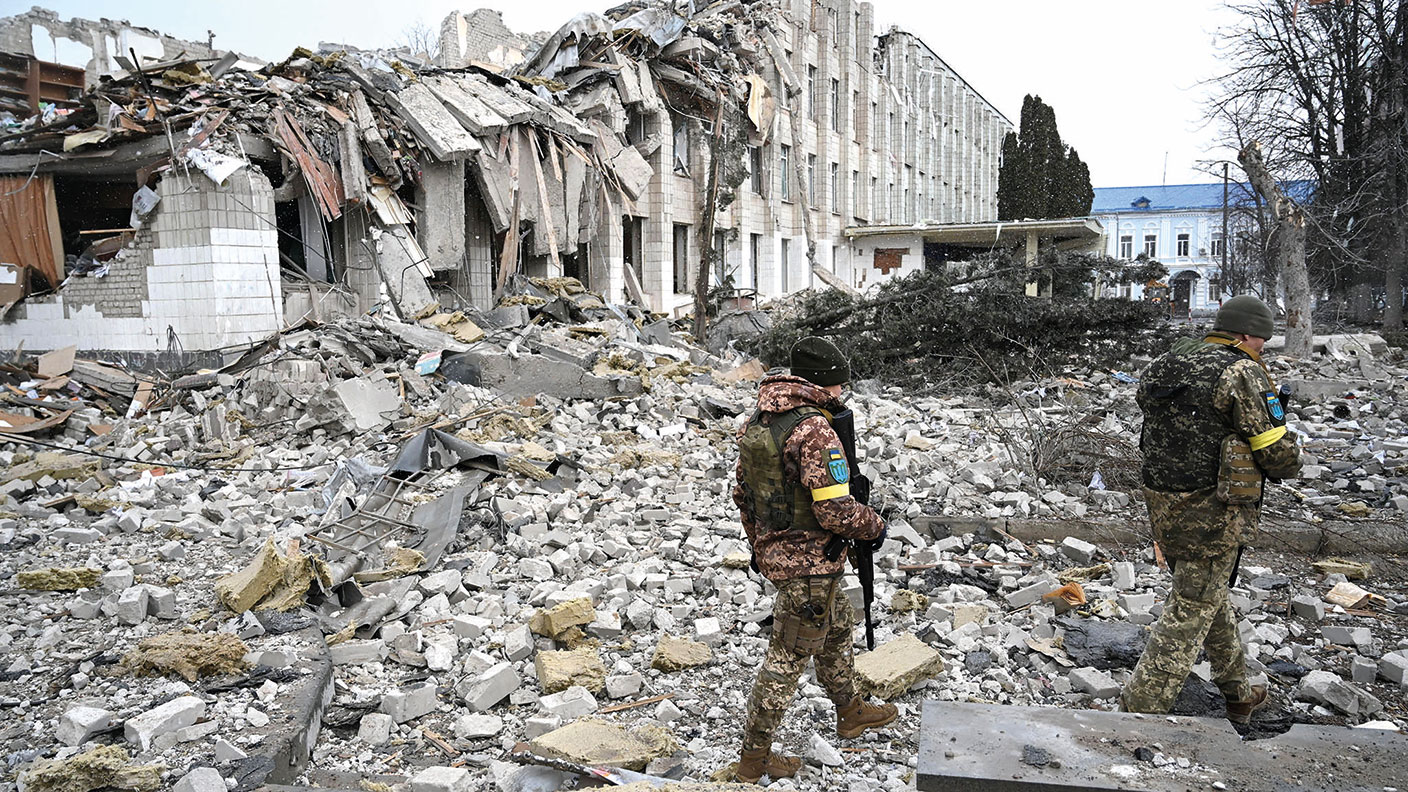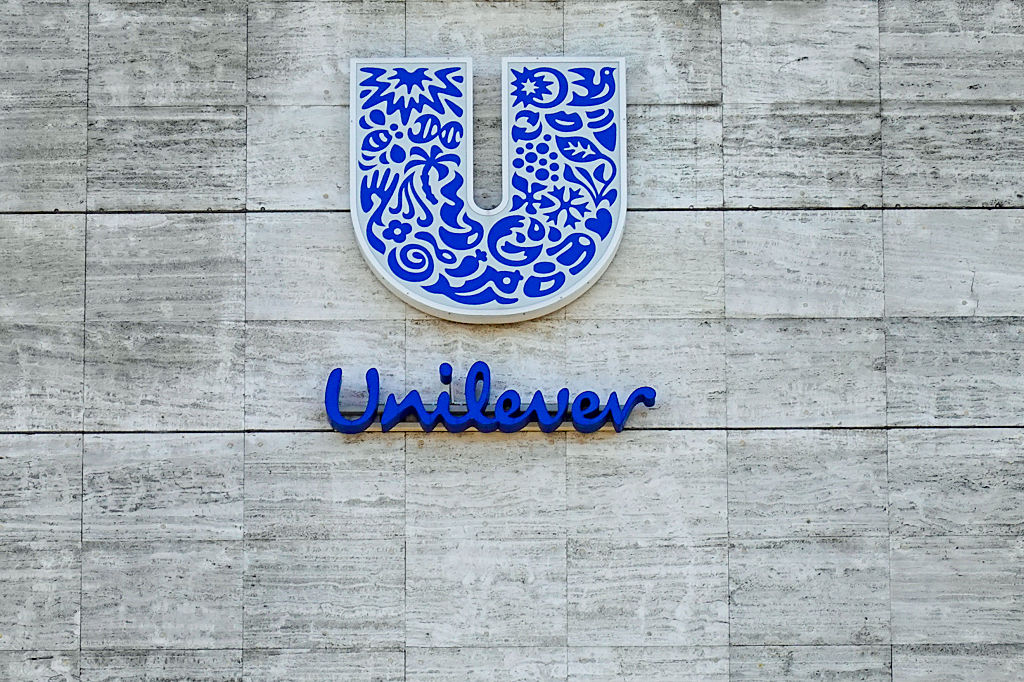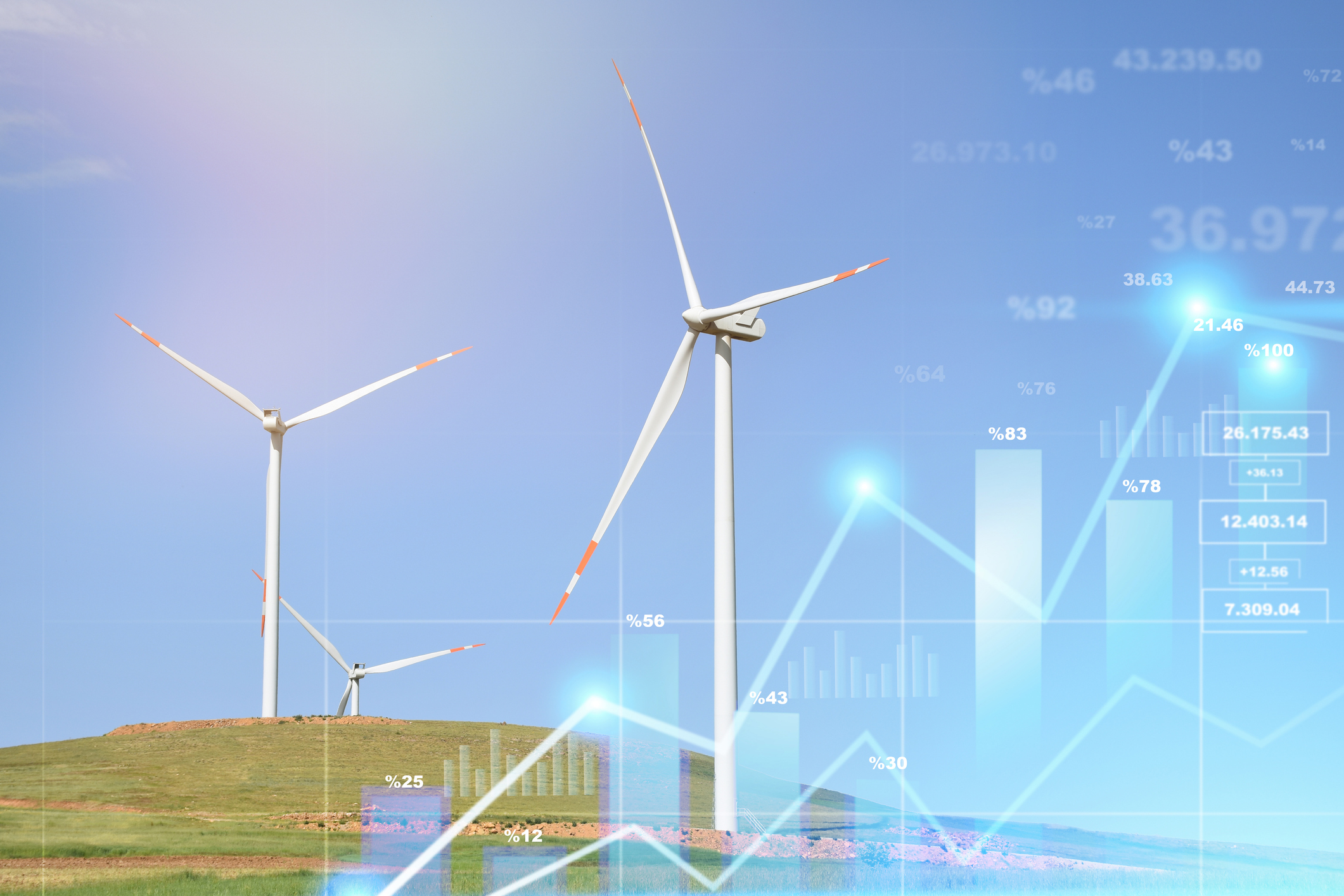Why inflation matters more than war
Nuclear war isn't the kind of risk that investors can usefully take into account when building a portfolio. Inflation and stagflation, however, are.

“Buy on the sound of cannons” is a famous investment adage, but it’s not well supported by history, says Stefan Hofrichter of Allianz Global Investors. Yes, a look back at 13 geopolitical crises, starting with the Cuban missile crisis in 1962, shows that stocks have on average tended to do better after the onset of a global crisis and safe-haven assets have tended to do worse. But that average disguises a lot of variation.
“There have been times when markets bounced back emphatically and times when they haven’t.” Overall, “non-crisis-related factors were the biggest drivers of performance” in each case – such as the end of a US recession (the Iraq War in 1991), or the onset of a financial crisis (the invasion of Georgia in 2008). “Investors should make their decisions to buy or sell based on the health of the overall economy and the outlook for industries and earnings.”
What we can value – and what we can’t
There’s certainly no point in trying to price in worst-case scenarios, says Peter Berezin of BCA Research. The likelihood of nuclear war may now be higher than it was, which is discomforting, but that’s not the kind of risk that one can usefully take into account when building a portfolio. Thus it’s logically consistent to say: “The risk of Armageddon has risen dramatically. Stay bullish on stocks”.
MoneyWeek
Subscribe to MoneyWeek today and get your first six magazine issues absolutely FREE

Sign up to Money Morning
Don't miss the latest investment and personal finances news, market analysis, plus money-saving tips with our free twice-daily newsletter
Don't miss the latest investment and personal finances news, market analysis, plus money-saving tips with our free twice-daily newsletter
Still, even setting aside existential risks, “the world economy is facing a triple shock”, says asset manager Carmignac. “The uncertainty caused by the collapse of the post-Cold War geopolitical order, along with the risk of further escalation” is just one threat. Another is disruption to international trade, especially in commodities, such as embargoes and export controls. The third is “a financial shock, with potential defaults by Russian and Ukranian entities, and contagion risks to other countries”. Thus the world faces a growing risk of stagflation – “an economic slowdown coupled with high inflation”.
A most dangerous year
Conditions are certainly starting to look reminiscent of the 1970s, say Christian Keller, Rahul Bajoria and Akash Utsav at Barclays. Oil has topped $120 per barrel. The change is not as big in percentage terms as the oil embargo of 1973-1974, but natural gas – which is far more important to the economy today than it was five decades ago – has increased even more, “implying a massive energy-price shock”. Note too that “the ongoing price surge extends beyond energy into industrial metals, fertiliser and grains, which have all soared this week”. This bodes especially poorly for growth in Europe and much of Asia, while Latin America may be less affected since “the region gains most from the global commodity boom”.
Hence “this could turn out to be one of the most dangerous years for stock investors of the current bull market”, says Ed Yardeni of Yardeni Research. The US S&P 500 has held up “remarkably well” – it’s down 10% since the start of the year, better than most countries – but is likely to end the year lower. Investors should favour energy as a hedge against inflation and financials as a hedge against rising interest rates.
Get the latest financial news, insights and expert analysis from our award-winning MoneyWeek team, to help you understand what really matters when it comes to your finances.
Alex is an investment writer who has been contributing to MoneyWeek since 2015. He has been the magazine’s markets editor since 2019.
Alex has a passion for demystifying the often arcane world of finance for a general readership. While financial media tends to focus compulsively on the latest trend, the best opportunities can lie forgotten elsewhere.
He is especially interested in European equities – where his fluent French helps him to cover the continent’s largest bourse – and emerging markets, where his experience living in Beijing, and conversational Chinese, prove useful.
Hailing from Leeds, he studied Philosophy, Politics and Economics at the University of Oxford. He also holds a Master of Public Health from the University of Manchester.
-
 Zoopla: house price growth stalled in 2025 but forecasts for 1.5% higher next year
Zoopla: house price growth stalled in 2025 but forecasts for 1.5% higher next yearSales soared this year with more than a million deals done but buyers drove hard bargains keeping a lid on prices. A small bounceback in valuations is predicted for 2026, depending on where you live.
-
 UK sets out crypto regulatory proposals
UK sets out crypto regulatory proposalsThe government has tabled legislation that sets out a regulatory framework for cryptocurrencies, while the regulator will consult on balancing innovation and consumer protections
-
 British blue chips offer investors reliable income and growth
British blue chips offer investors reliable income and growthOpinion Ben Russon, portfolio manager and co-head UK equities, ClearBridge Investments, highlights three British blue chips where he'd put his money
-
 Coreweave is on borrowed time
Coreweave is on borrowed timeAI infrastructure firm Coreweave is heading for trouble and is absurdly pricey, says Matthew Partridge
-
 Renewable energy funds are stuck between a ROC and a hard place
Renewable energy funds are stuck between a ROC and a hard placeRenewable energy funds were hit hard by the government’s subsidy changes, but they have only themselves to blame for their failure to build trust with investors
-
 Profit from document shredding with Restore
Profit from document shredding with RestoreRestore operates in a niche, but essential market. The business has exciting potential over the coming years, says Rupert Hargreaves
-
 The war dividend – how to invest in defence stocks as the world arms up
The war dividend – how to invest in defence stocks as the world arms upWestern governments are back on a war footing. Investors should be prepared, too, says Jamie Ward
-
 Literacy Capital: A trust where great returns fund a good cause
Literacy Capital: A trust where great returns fund a good causeThere’s plenty to like about specialist private-equity trust Literacy Capital, says Max King
-
 An AI bust could hit private credit – could it cause a financial crisis?
An AI bust could hit private credit – could it cause a financial crisis?Opinion Private credit is playing a key role in funding data centres. It may be the first to take the hit if the AI boom ends, says Cris Sholto Heaton
-
 8 of the best ski chalets for sale now
8 of the best ski chalets for sale nowThe best ski chalets on the market – from a traditional Alpine-style chalet in Switzerland to an award-winning Modernist building in Japan’s exclusive ski areas